Let’s have a bit of a history lesson about the evolution of roads.
Originally, people used to walk everywhere. Like sheep on a moor, people would tend to follow the same route time after time. Eventually, some form of track would appear on the ground, which would be visible from a distance. More people would see and use the track, and so the track becomes more established and wider. When horses and other animals were used as forms of transport, they used the same tracks.
Where feet and hooves could cope with a rough track surface, the round wheels of vehicles were not particularly good at driving along wet or rough tracks. Eventually, due to heavy and struggling use of tracks by wheeled vehicles, “someone” invented “tarmac” as a suitable surface for tracks to make them smoother and more useable by the four-wheeled vehicles. Hence the “road” was invented. All a road is/was, is a track that had been used for many hundreds of years, covered in a material that would allow the new “vehicle” to travel along them more easily. Because of the heavy use of many of the roads, the pedestrians kept to the sides of the carriageways in order to stay safe.
Some tracks were not used heavily, and therefore it was uneconomical to resurface all the tracks. These tracks were designated as bridlepaths rather than roads, simply because they were unsuitable for vehicles. Some “paths “ are known as RUPPS, or Roads Used as Public Paths, and there are also Green Lanes, which have been classified as roads, so that vehicles can use them, but they are not covered with a hard surface, but instead, left open to the elements and vegetation - thus the name “Green Lane”. Some tracks were unsuitable for horses, and were known as footpaths, because that’s all they were suitable for.
So, the evolution of a road starts with a single footpath through the countryside, becoming used more and more frequently and heavily, then horses and other animals also used the same track (with or without a cart or carriage behind them), then cyclists, then and only then did vehicles make an appearance. With that in mind, the first “Road user” would have been a pedestrian, then a horse-rider, then cyclist, then and only then did motor vehicles start to use them.
Apart from motorways; pedestrians can use any path or road (unless informed otherwise), horses can use any bridlepath or road (part from motorways, or informed otherwise), as can cyclists. Motor vehicle are only allowed to use roads, they are not permitted to use footpaths or bridlepaths.
So, it seems that roads were originally footpaths, that were upgraded and upgraded until they became the routes that we are familiar with. Bearing in mind their origins, pedestrians, horses (and other animals), and cyclists all have the right to continue using the routes that they have done for centuries.
Now a quick question - Who has priority on the road? I think there are a number of possible answers:
Whoever was there first?
The most vulnerable one?
The one which has least control?
The one that is the most traditional form of transport?
... are all possible answers.
I am absolutely sure that no pedestrian, or horse rider, or carriage driver wants to travel along the roads as we know them - I am fairly confident that they, and you, would prefer to wander along a quiet and safe footpath, or bridlepath, than walk along a narrow bit of rough tarmac, with many noisy, fast and polluting vehicles screaming past you every few seconds.
I am also absolutely sure that horse riders and carriage drivers feel exactly the same as any pedestrian, in that they also don’t want to be travelling along a busy road unless they have to. This need to use the roads may be because more and more bridlepaths and footpaths are being left unmaintained, so that they have started reverting back to its original and natural habitat, which means that the rider needs to balance the inconvenience of an un-maintained track against a less-safe, but faster travelling road. It may be because more and more paths are being upgraded to roads, taking away the exclusive and safe rights of the pedestrians, horses and cyclists. It may be that the need and popularity of horse-riding has decreased, which means that drivers are less used to finding and dealing with the Other Road Users on the road. This lack of familiarity might bring a lack of expectation, and lack of experience in how to deal with the ORU’s.
There are many people who think that horses should not be on the roads, and many of those people are the horse riders themselves. Unfortunately it is a necessary evil for many people. Many people think that horses should not be on the roads because they don't have insurance, or they don't pay "road tax". Most horse riders don't want to be on the roads simply because they don't feel safe amongst the other traffic, just like a pedestrian or cyclist might not feel safe either.
The vast majority of horse riders are covered by some form of Third Party insurance, whether it is via a Group or Society that they belong to, or specialist horse insurance.
Horses don't have to pay road tax for at least a couple of reasons: "Road Tax" is based on the harmful emissions given out by the "Vehicle" - horses do not emit any harmful pollutants (Except a bit of methane now and again). The other reason is that the horses were there before the roads were. They cannot be forced to pay for what they don't need, just like vintage cars don't have to have seat belts, because the cars were there before the seat belts existed.
Cyclists and bicycles are the same - they don't need the road, and they don't produce pollutants. They will most likely be covered by Third Party insurance from their house insurance, or a cycling club.
There is a term used in the Highway Code, and other books, talking about Vulnerable Road Users. These vulnerable users include everyone on the roads, but I think the books are trying to highlight the plight of a certain type of user. This type of user seems to have certain common features: they travel much slower than most, they are open to elements, they have little or no lighting available to them compared to others, they are not as common as motor vehicles, they don’t have to have any kind of training or licence requirement in other to use the transport routes available to them.
young children on foot,
young children on their new bicycle
young children on their new bicycle without their stabiliser wheels for the first time
parents with push-chairs, or young children with them
elderly, infirm people, maybe reliant on a walking stick or frame
The couple coming out of the church having just got married, with their enlarged family and friends all around them too
The family rushing to see an infirm relative in the A&E department won’t be concentrating on road safety, they will have other things on their minds
mobility scooter users
people in a hurry to get from one shop to another, in the rain with their hoods up, or umbrellas down
cyclists with over-laden bicycles
horse riders
carriage drivers
runners
charity walking/ running events
shepherds moving their flocks
dog walkers taking their dogs to the woods, or footpaths
Other “Users" of the roads
sheep
cows being taken for milking
Dogs that have got lost, and are frightened and panicking
deer
wild boar
wild horses that have lived in that environment, such as dartmoor exmoor, welsh hills etc, for thousands of years
badgers
Could all of the above be classed as Vulnerable Road Users?
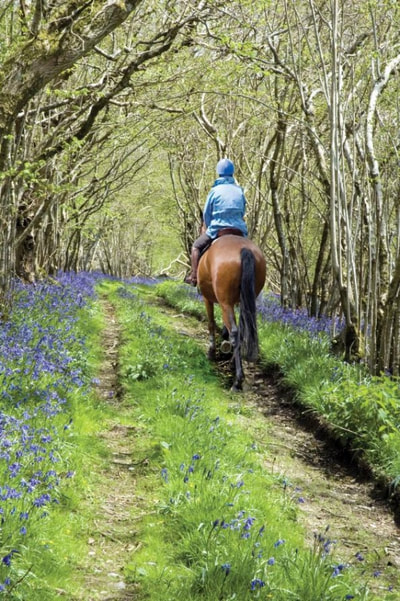
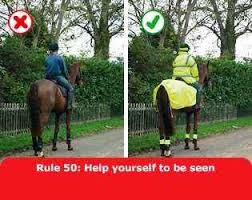
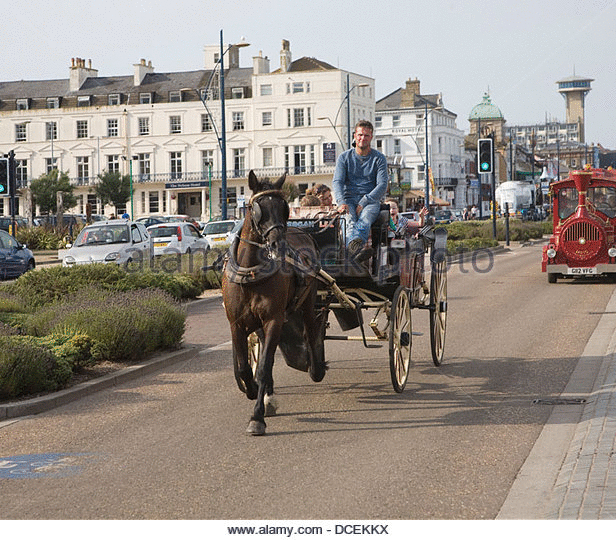
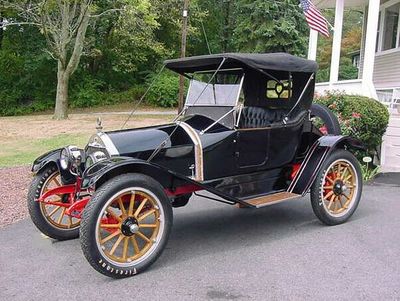
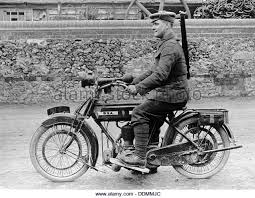
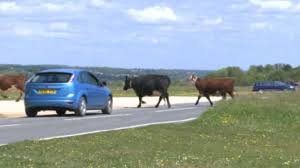
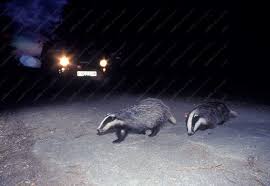
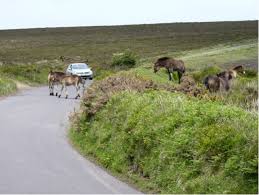
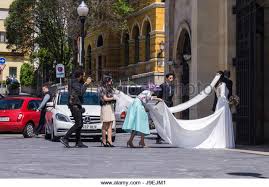
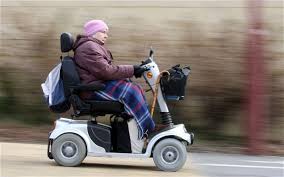
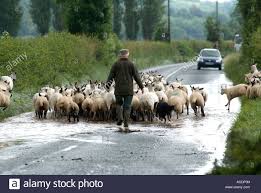
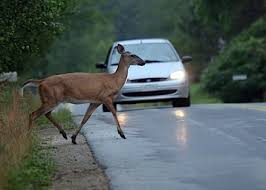
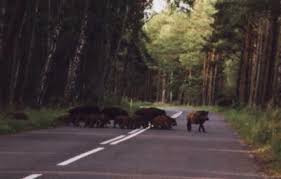
 RSS Feed
RSS Feed